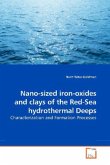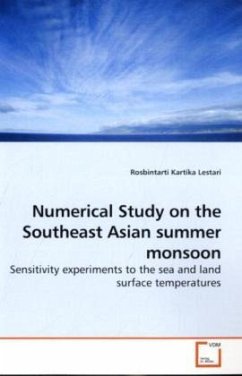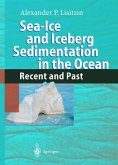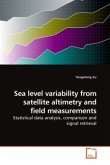In order to investigate the characteristics of the sea ice in the southern Sea of Okhotsk, we conducted ice observations in connection with meteorological and hydrographical observation in Februaries 1996 and 1997. From heat budget analysis, it was indicated that the averaged ice growth rate is limited to below 0.5 cm/day and that sea ice area works as a heating source to atmosphere, unlike in the polar region. These properties affected the ice structure in the following ways: first, layered structure is prominent, indicating that dynamical pile-up processes are more essential to ice thickening than thermodynamic processes. Second, the nilas samples of about 1 cm thickness, in which c- axes were all vertically oriented, were found out. Laboratory experiments, carried out to examine this structure, showed that less saline water is required to form such a characteristic nilas. Heat budget calculation suggests that such less saline water can possibly be produced due to melting at daytime. Thus, all these results indicate that the growth processes and structure of sea ice is closely related with the heat budget characteristics, unique to this region.
Bitte wählen Sie Ihr Anliegen aus.
Rechnungen
Retourenschein anfordern
Bestellstatus
Storno








